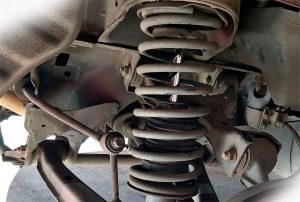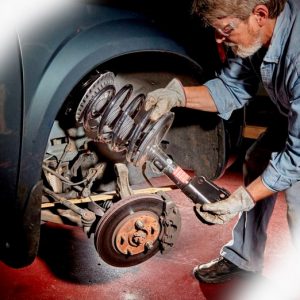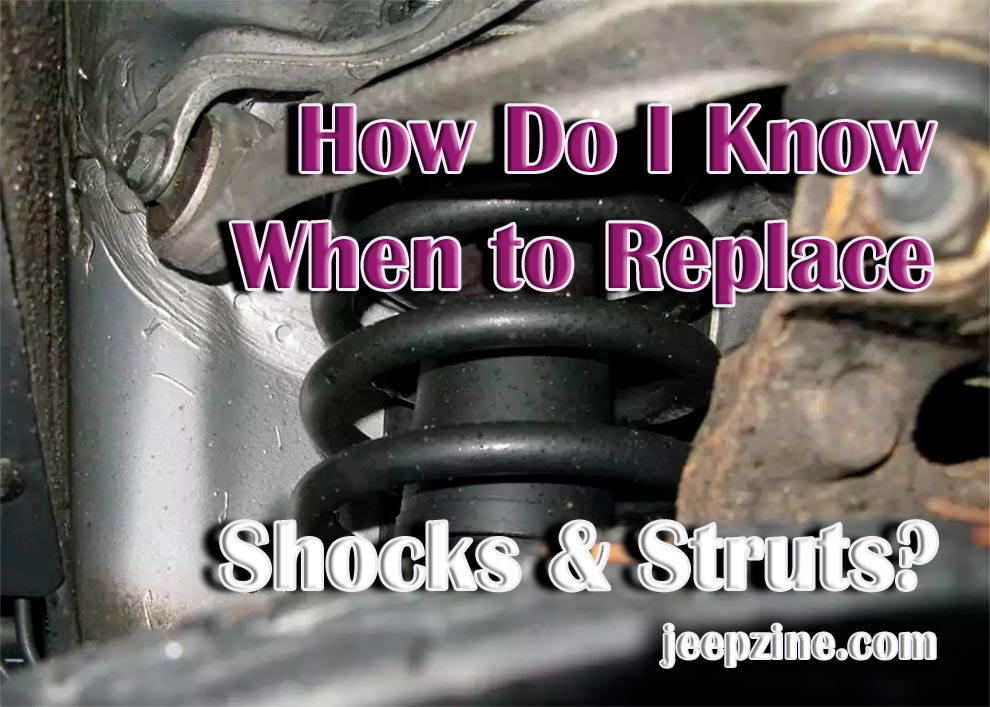If your car has a lot of rattling, shaking and shimmying when you drive it on the roads or if there’s an alarming clunking noise from under the hood – these are signs that your shocks & struts have worn out.
Many drivers don’t know how to tell whether their shocks need replacement because they can’t see what’s going on underneath the vehicle but luckily there are ways to identify this before it becomes a serious problem! Automotive experts recommend checking for any visible leaks coming through 
It’s always important that the vehicle has enough storage spaces, but don’t forget about their safety features too. When shopping for a car with different types of shock absorbers and suspension systems, make sure they are compatible with the driving conditions in your area before committing to buy one! That way you’ll be able to avoid dealing with expensive repairs later on down the line and enjoy smooth ride all year-round.
What Causes Shock Absorber Failure?

A common cause of failure for either type of shock absorber system is dry rot – where moisture from the environment has seeped into cracks on the piston rod seals causing them to corrode over time and lose their effectiveness at doing what they were designed to do! It can also happen if fluids such as engine oil have leaked into the seals and contaminated them.
The Benefits of Shock & Strut Replacement:
- Improved stability and ride
- Reduced squeaking noises in the cabin during driving, resulting in a more pleasurable experience for both driver and passengers.
- A better handling vehicle that moves around less when cornering or braking quickly which means less wear on parts like brake pads as well as tires.
Conclusion
If these components are not checked periodically there will come a point where other parts of the car will also fail so replacement may be necessary. It’s important to keep these components maintained, both front and back shocks should be replaced at the same time for optimal results. Replacing them could save money by preventing or delaying expensive repairs down the line! The potential savings is worth it if you maintain these vital parts of your automobile with regular replacement intervals.


Add Comment